By LINDSEY BAHR
AP Film Writer
The silences in Mad Max: Fury Road are unsettling.
The moments are few and infrequent, but it’s not until the fiery roar of the engines and the thrashing of the guitars are suddenly stripped away that you can fully feel how deeply the film has flooded your being. The theater — and your heart — pulsates with the lack as you recover and wait for more.
It’s in the silences that director George Miller’s singular genius becomes evident, and for good reason: It’s the only time the film allows you to breathe.
Thirty years after Miller gave the world Mad Max: Beyond Thunderdome, he’s returned to his own post-apocalyptic world and created an exceptional, fearless and poetic masterpiece that’s primed to become a modern classic.
In this anarchic world, Max Rockatansky (Tom Hardy) is a lone wolf. As he tells us in the prologue, he’s a man whose past traumas have reduced him to a single instinct: survival. Max’s only humanity seems to be in his haunting visions of a child asking for protection. Otherwise, he’s gone full animal. As Max, Hardy doesn’t so much speak. He grunts and growls and scurries for freedom.
But Max quickly gets entangled with others when the war lords of the wasteland put a fish hook in his neck and strap him on as a hood ornament to chase after the rogue Furiosa (Charlize Theron). She’s managed to escape the Citadel in a powerful, lumbering War Rig with the wives of their tyrannical leader Immortan Joe (Hugh Keays-Byrne, who also played Toecutter in Mad Max).
Much of the film is spent with the women, and eventually Max, on the rig as they race across the desert away from the painted fighters on their tail. Furiosa, seeking redemption for untold sins, has made it her purpose to bring the wives to “the green place” — an idyllic haven she was taken from as a child.
The wives, played by Rosie Huntington-Whiteley, Riley Keough, Abbey Lee, Courtney Eaton and Zoë Kravitz, are all ethereal, spiritual beauties. Though physically perfect and visibly unmarked by the harsh conditions of the land, as Immortan Joe’s property, their collective trauma is more insidious. When they fight back and jump in to help their more grizzled and skilled travel mates, they do so without fear or hesitation.
Looking almost sturdy in comparison, it is Theron who steals the show as the steely-eyed, one-armed, and aptly named Furiosa. Her fierce and unwavering commitment to her self-assigned mission propels the sparse narrative and invigorates those around her, when death often seems like not just the easier option, but probably the more appealing one, too.
Painted and scarred to the point of disguise, Nicholas Hoult is also a standout as Nux, an unlucky, but endearingly devoted Immortan Joe foot soldier who delivers on one of the few actual character arcs of the film.
Ultimately, Mad Max: Fury Road is almost aggressively anti-character, though. The dialogue is beautifully lean and purposeful, allowing what does exist to have maximum impact. For Theron and Hardy, their triumphant performances are in their eyes.
In the end, it is the bright, fresh visuals juxtaposed with the impressively choreographed and always surprising action and pacing that make the film. Cinematographer John Seale (The English Patient) has infused the barren landscape with a feast of striking, saturated colors, while Miller has made a two-hour race across the desert into a truly riveting must-see and see again.
As we drive full speed into another summer (and half-decade) of sequels and interconnected universes, Miller has reminded us that blockbusters have the potential to not only be art, but radically visionary — even the fourth in a series. What a lovely day, indeed.


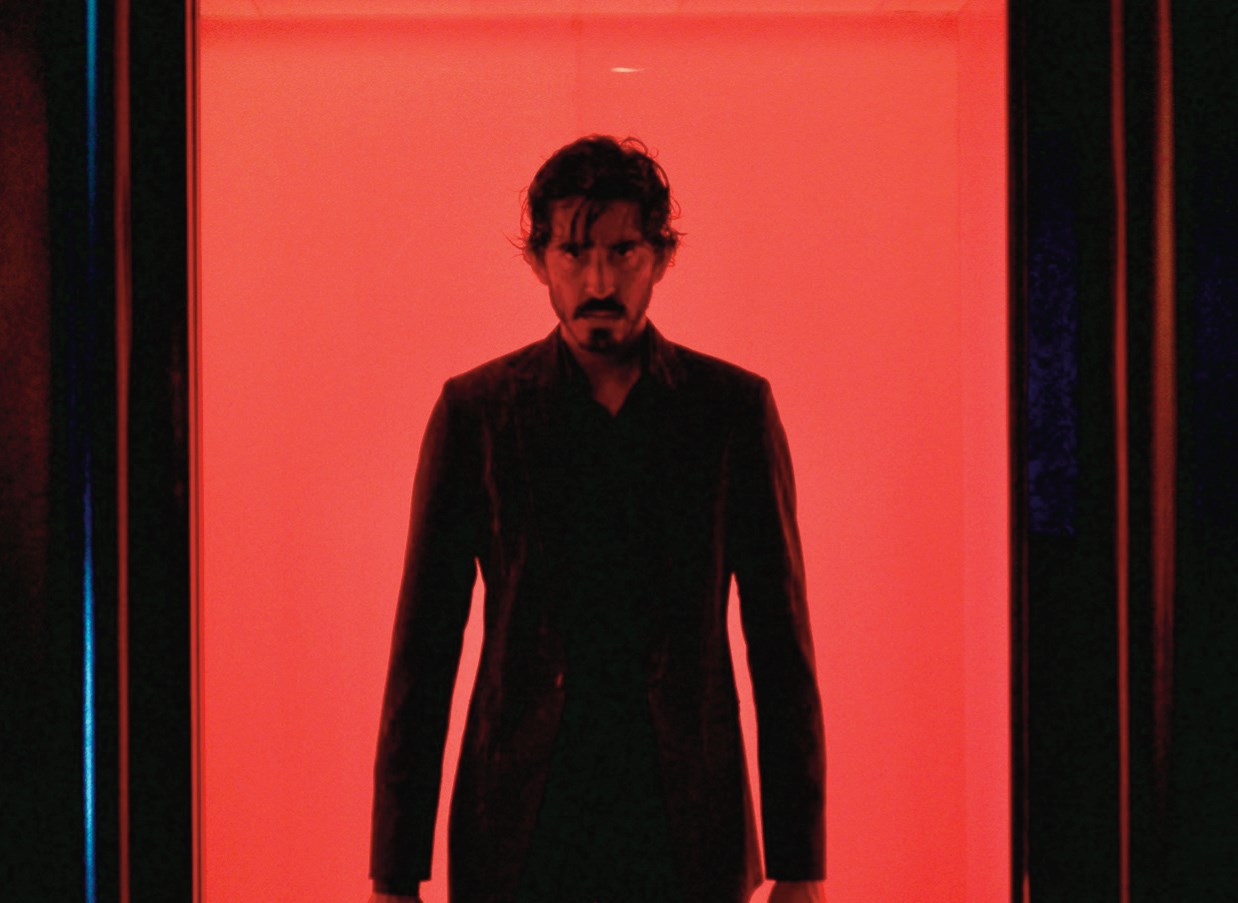
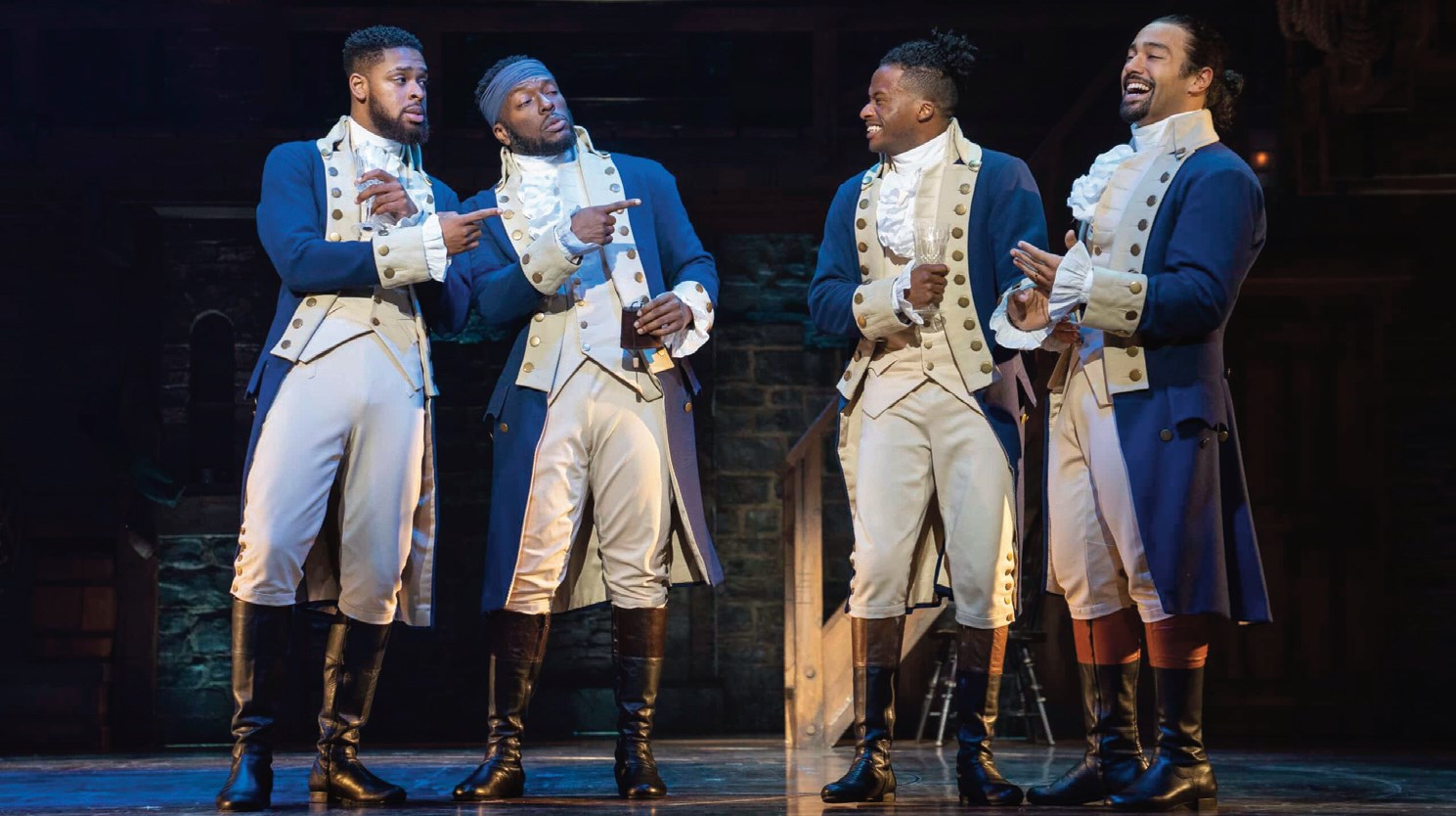
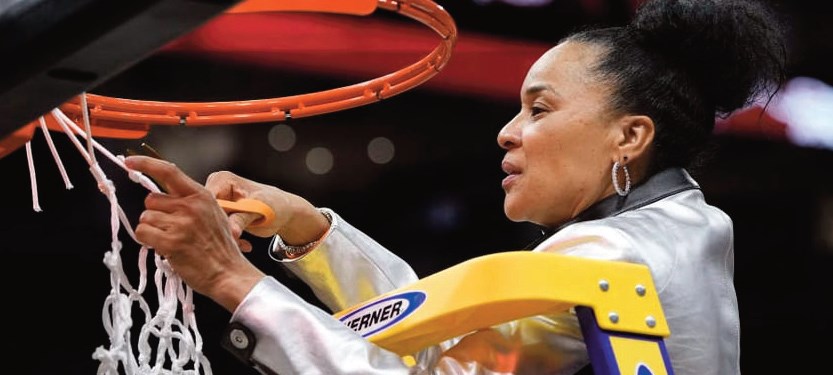


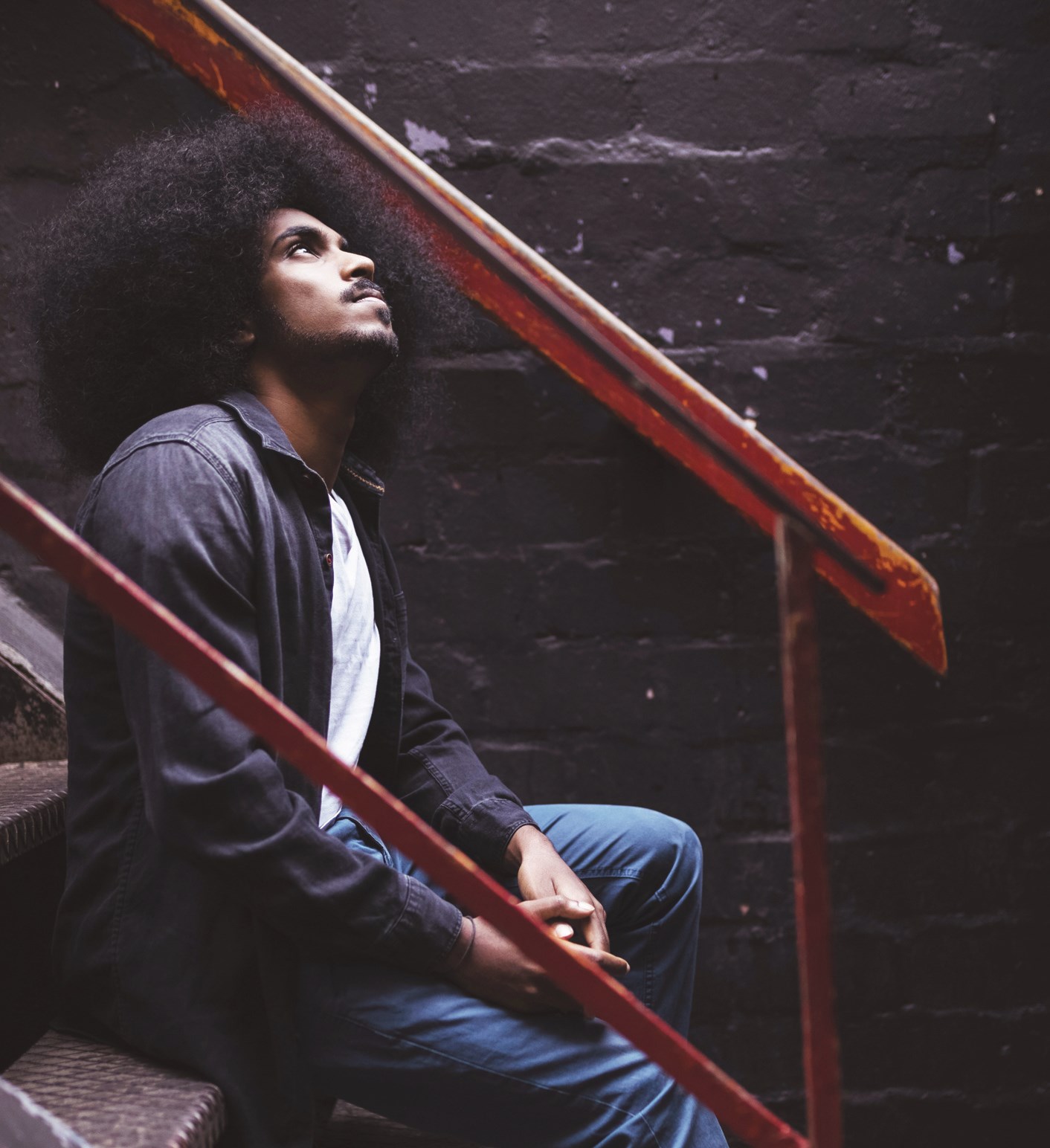
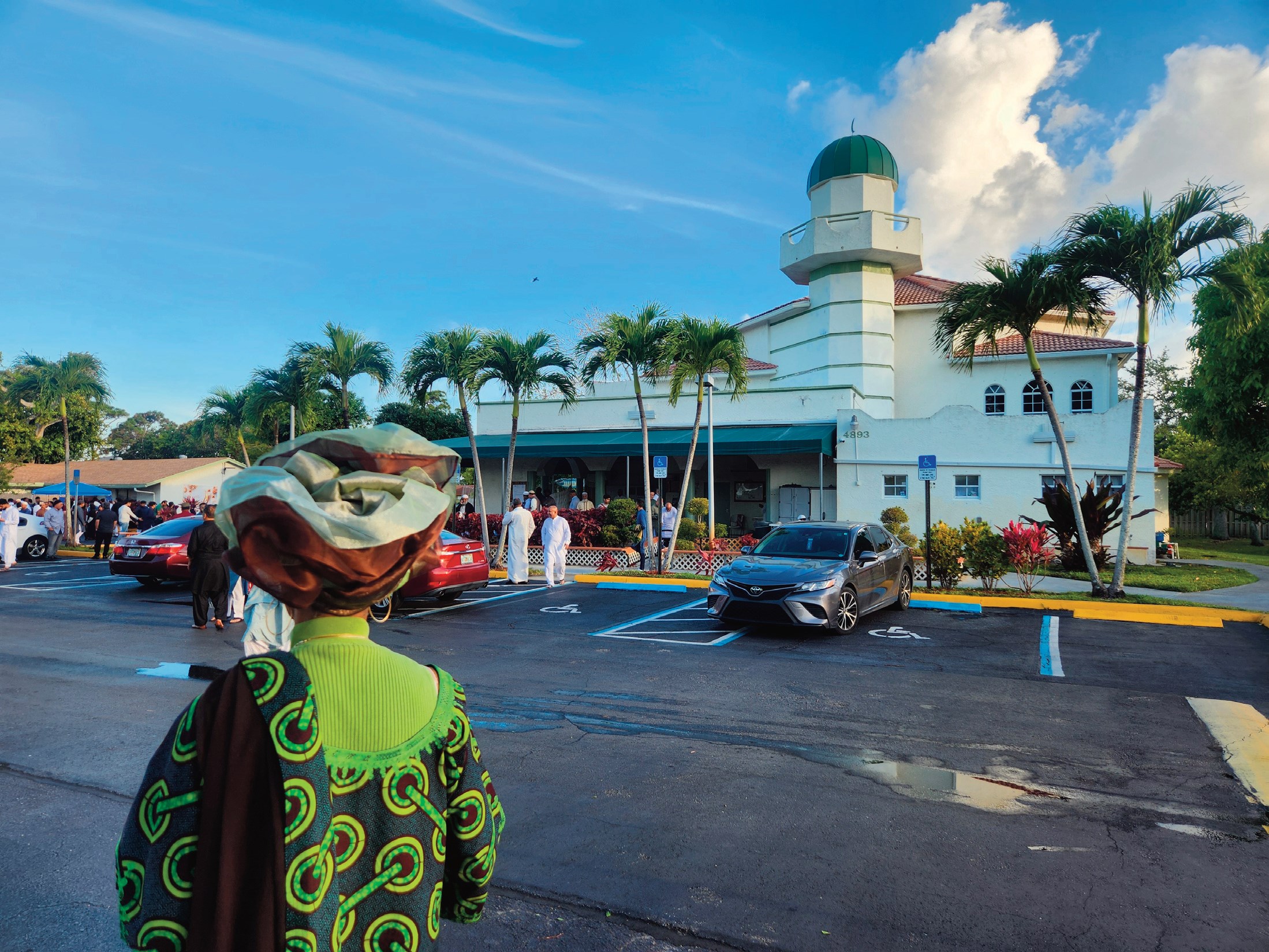
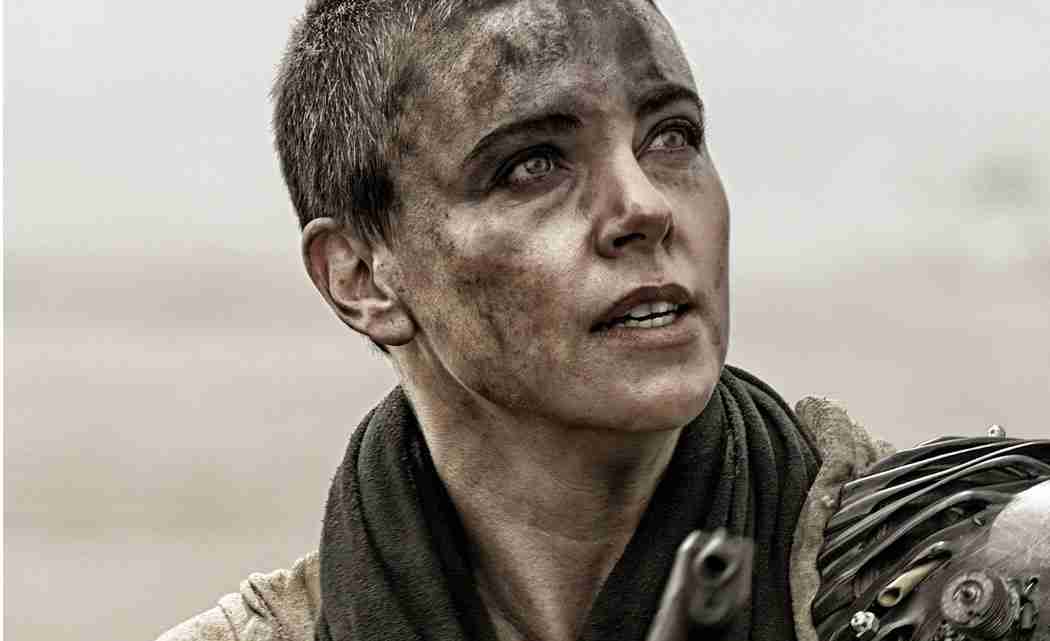
No Comment